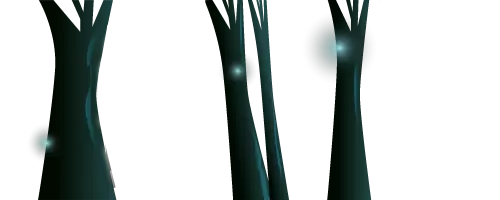Properties of LSD
- Chemical origin: LSD is made from lysergic acid, which is found in the fungus Claviceps purpurea (ergot), a parasitic fungus that grows on cereals.
- Efficacy: It is one of the most potent psychedelics, where doses of as little as micrograms (millionths of a gram) can already have strong effects.
- Form: LSD is often sold as small papers (blotters) infused with the substance, but it can also occur as liquid or gel capsules.
The Discovery of LSD
In 1943, Albert Hofmann discovered LSD-25 while experimenting with ergot alkaloids in an attempt to develop drugs. According to Hofmann's own notes, he accidentally experienced the effects of LSD during an experiment. On 19 April 1943, he deliberately took a dose of LSD, a day now known as "Bicycle Day". During his bicycle ride home, Hofmann experienced intense visual hallucinations and altered perceptions, further fuelling his curiosity about the substance.
Experiments and Research
In the 1940s and '50s, LSD was tested in various scientific contexts. Researchers hoped it had potential for treating psychiatric disorders, such as schizophrenia and alcohol addiction. Although some studies seemed promising, methodologies were often limited and lacked robust evidence.

The Popularity and Criminalisation of LSD
In the 1960s, LSD became popular within the counterculture, partly due to influential figures such as Timothy Leary. At the same time, concerns about its safety and impact on society grew. In 1967, LSD was banned in the United States, putting an end to large-scale research.
Current Developments
Since the 2000s, there has been a renewed interest in psychedelics, including LSD, within medical science. Some studies suggest that microdosing or controlled use of psychedelics may have potential in treating post-traumatic stress disorder (PTSD) or depression. However, these findings are preliminary and require more large-scale, controlled studies.
Important note: The use of LSD is illegal in most countries. In addition, it can have unpredictable and sometimes serious effects on mental and physical health. Never consider using psychedelics without medical supervision and thorough knowledge of the risks.
Conclusion
The history of LSD is a mix of scientific discovery, social controversy and hopes for medical advances. Although the future of LSD is still uncertain, it remains a subject of great scientific and cultural interest.



















